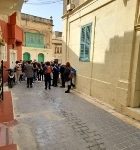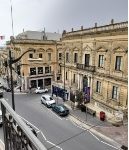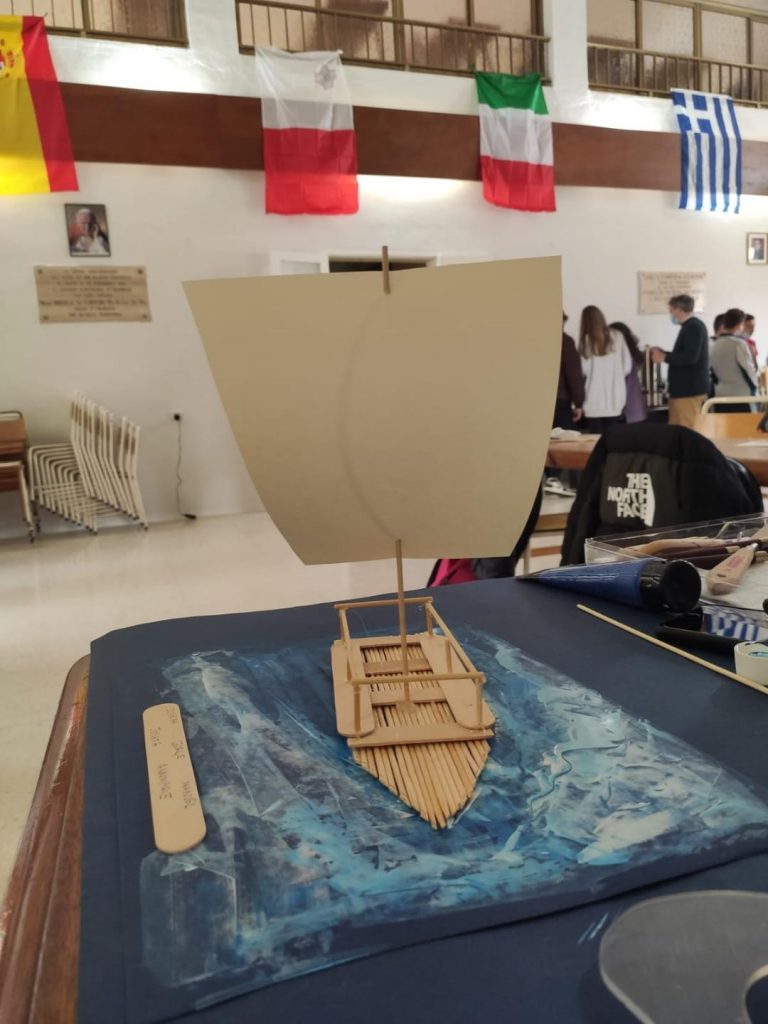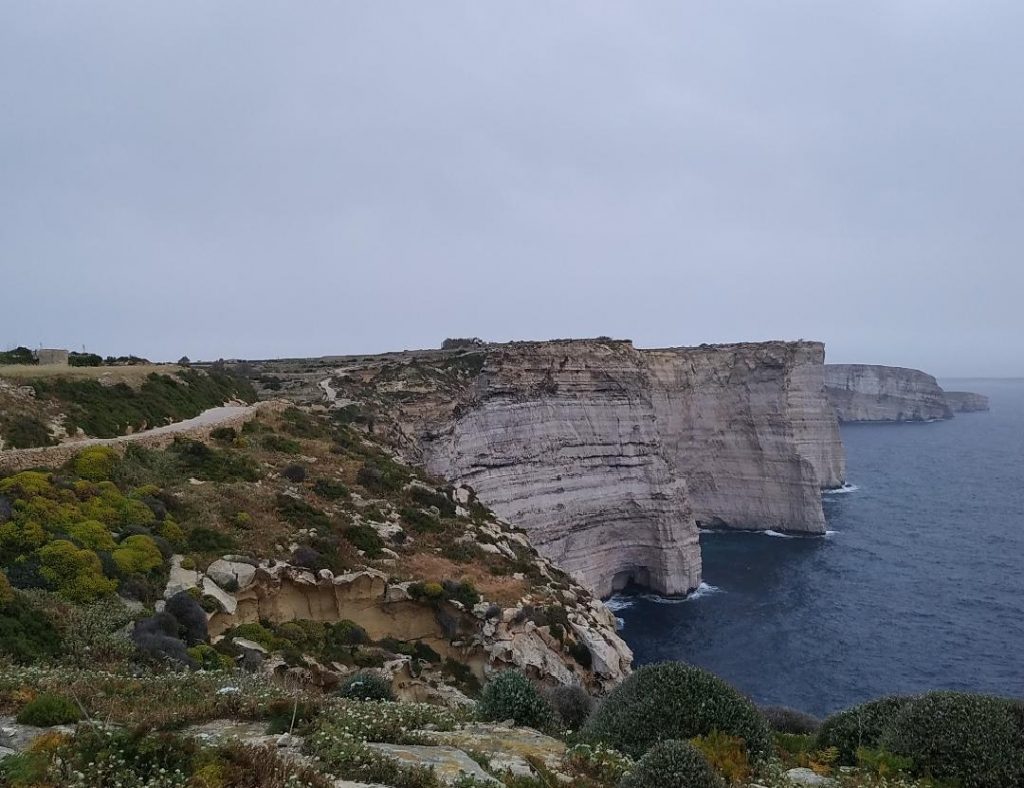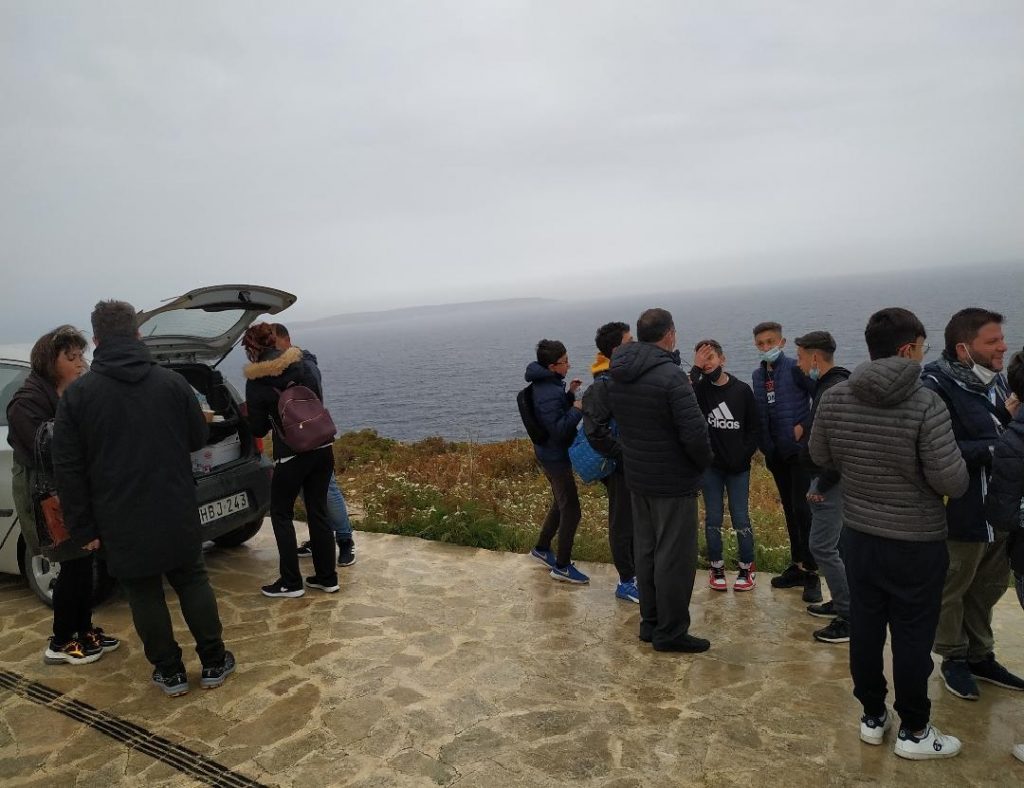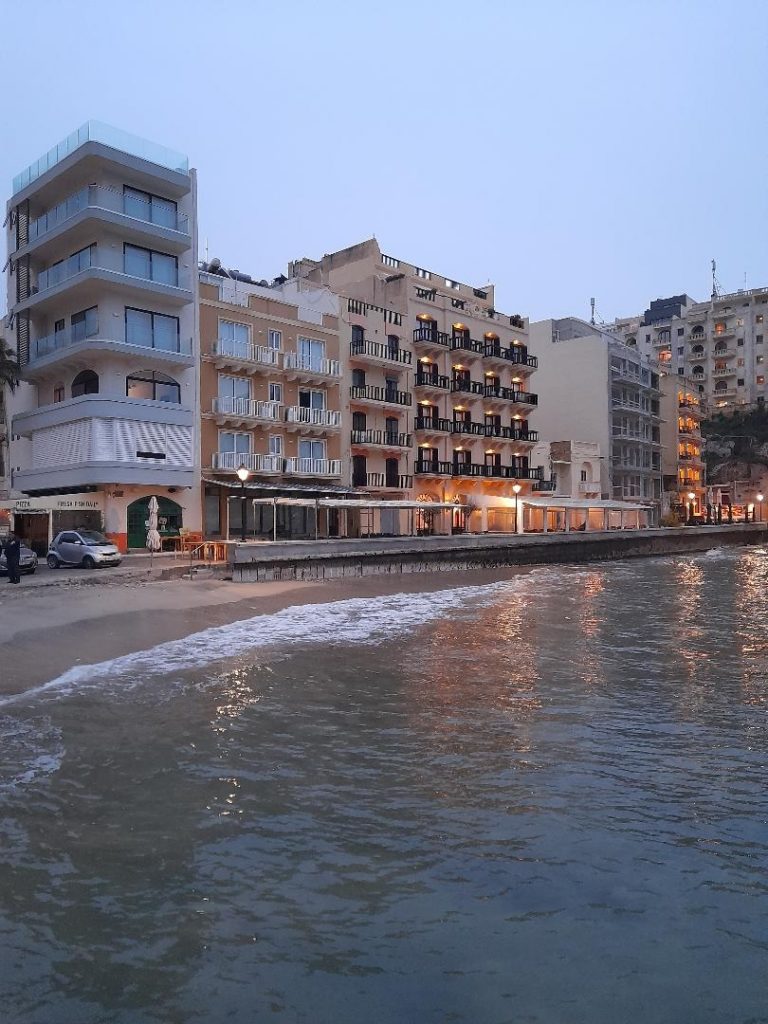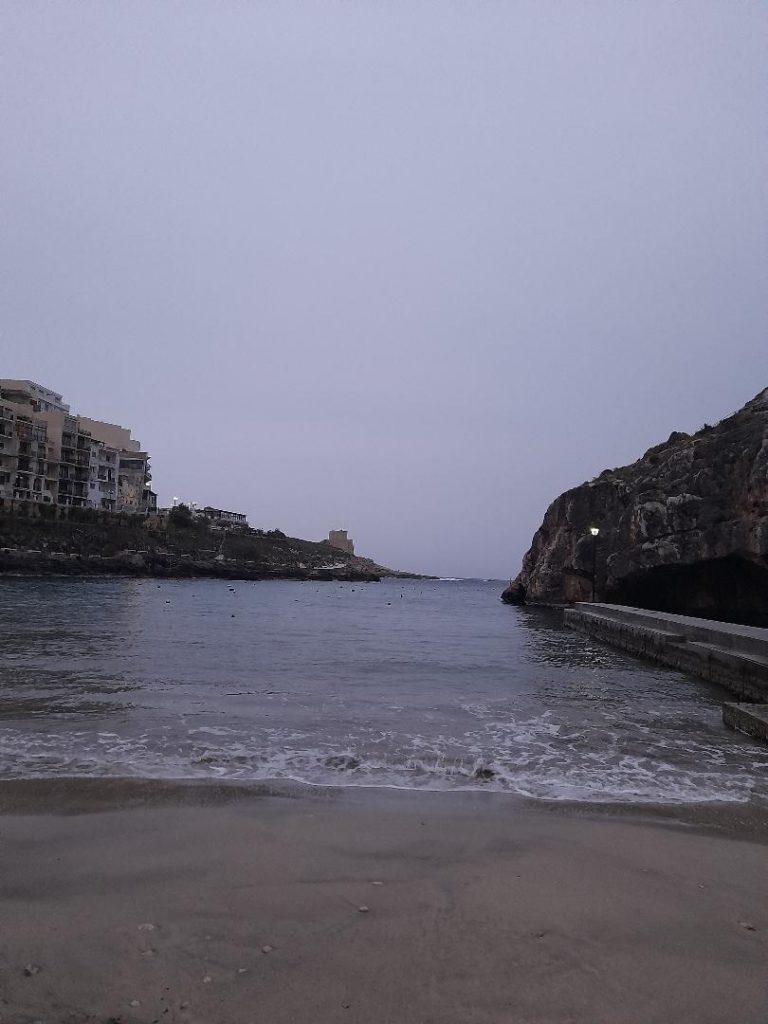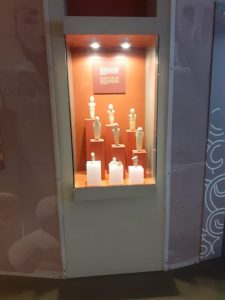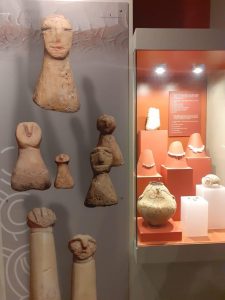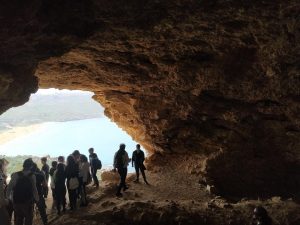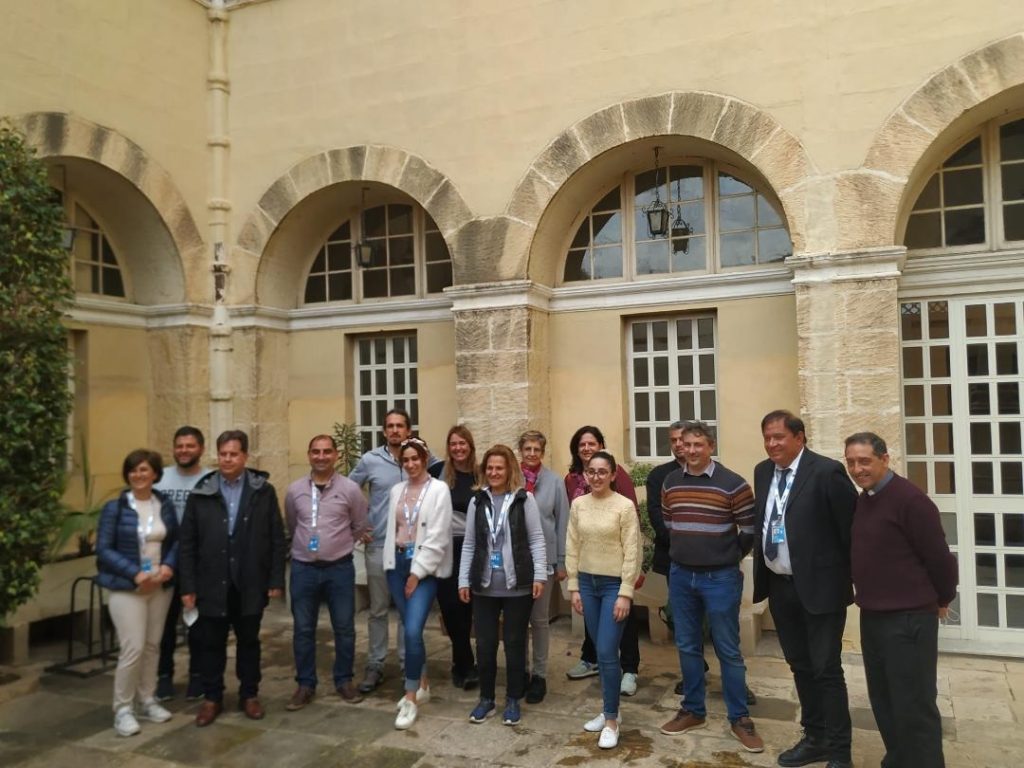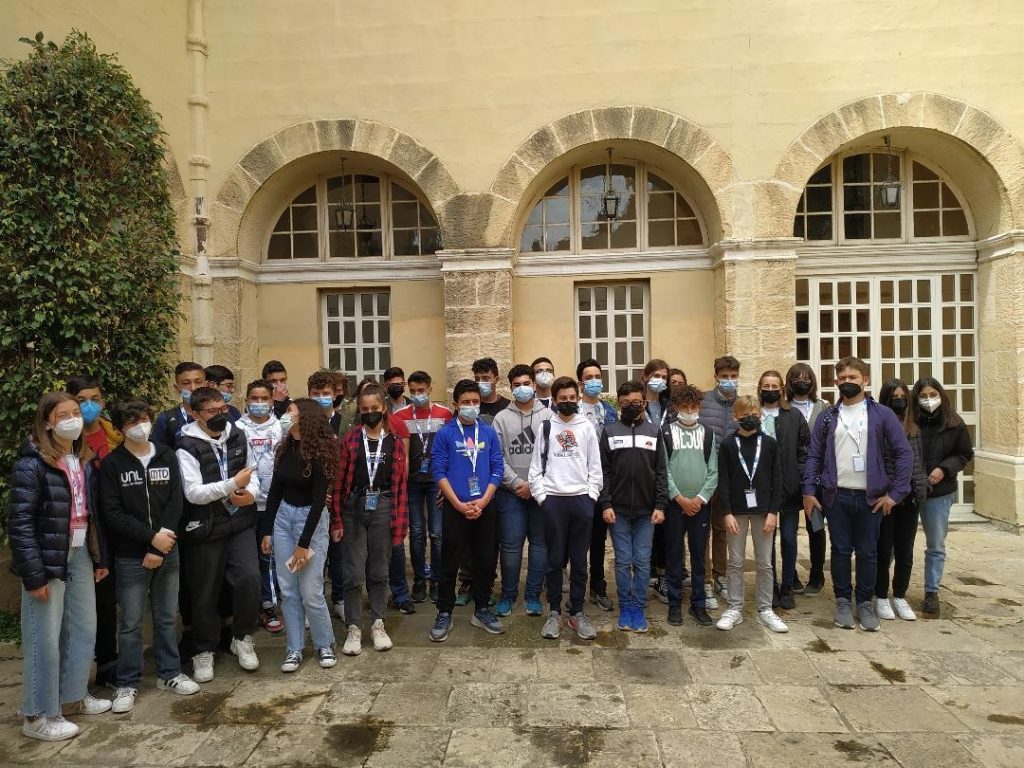Gozo, Malta
Short-term exchanges of groups of students in Gozo, Malta
During the week 28th May – 1st April 2022, the pedagogical team from the Regional Directorate of primary and secondary education of the Ionian Islands, the students from the school partners and their accompanying teachers met in Victoria, the capital of Gozo, Malta.
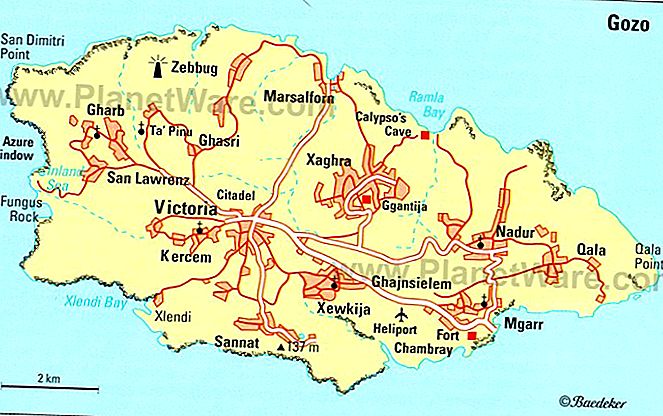
Gozo meaning joy in Castillan, is the name the Aragonese gave this island when they seized it in 1282. Gozo is the second largest island of the Maltese Archipelago that consists of three islands: Gozo, Comino and mainland Malta. Roughly circular in shape Gozo is hilly and from the south-west to the north-west coast is entirely surroundde by cliffs.
The programme of the meeting
Monday 28th March


Welcome ceremony
During the introductory ceremony welcome addresses were presented by leading participants of the project and the programme for this week was outlined. The students were then taken on a school tour, led by the students of Sacred Heart Minor Seminary.



This was followed by a guided tour around the historical centre of Victoria, so named in 1897 in honour of Queen Victoria’s Jubilee.
The tour was culminated with a visit the St George’s Basilica.
The foundation stone of this church, the first in Gozo in the form of a latin cross, was laid on 7 August 1672 and it was in yse by 1678.The church prides itself with a multitude of treasures regaled by the parishioners throughout the centuries.
Following a brief interlude in Independence Square, the team headed to Banca Giuratale. There, they were welcomed by the Mayor of Victoria, Josef Schembri, who gave an overview of the council’s role in the city’s administration and provided each participant with a top-quality publication on Victoria.
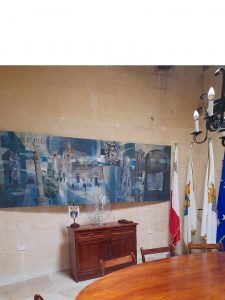
The Citadel was the next destination which provided students more historical immersion and panoramic views of the island.
Lunch was offered on the bastions where students could enjoy the traditional ftira and panoramic views of Gozo.
The next activity was aimed at reinforcing the participants’ familiarity with Victoria’s historical core. This was achieved by engaging the participants in a photo-hunt, which is a more visual and technologically-oriented interpretation of the classic scavenger hunt.
The participants demonstrated friendly competitiveness which contributed to building camaraderie within the sizeable student contingent.
This wrapped up today’s activities on a very positive note and we are confident that this fruitful and fun day is a very good sign of things to come.
Tuesday 29th March
Day trip to Valletta. The day started with a guided walking tour of the city by the excellent guide Stanley Cassar Darien who showed around the salient parts of the capital city. These included the Upper Barrakka Gardens, Parliament Square, Auberge du Castille, Tritoni fountain, the City Main Gate, Hastings Gardens and Saint George Square.

Jean de Valette (1495-1568), French nobleman and 49th Grand Master of the Order of Malta, from 21 August 1557 to his death 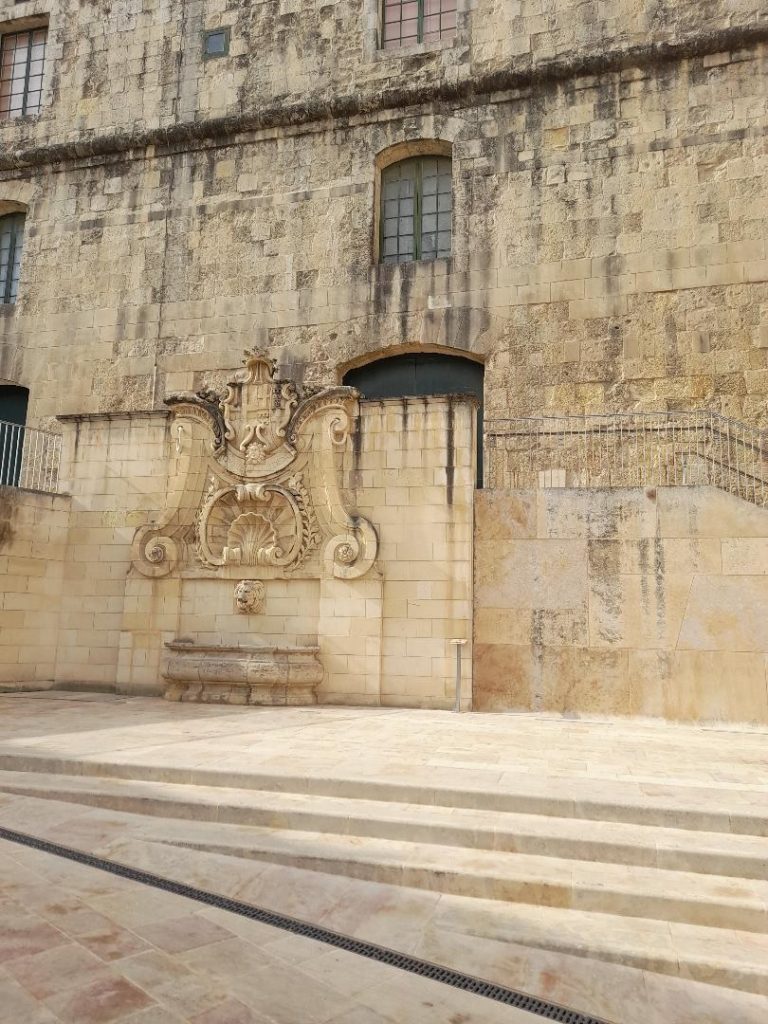
Tritoni fountain
After enjoying lunch together there was a cultural visit to the national treasure of St John’s co-cathedral.
Wednesday 30th March
The students were engaged in a workshop to create a wooden replica of Ulysses raft. The kids used wood sticks and hot glue to built their models.
Then the students and the teachers were then served lunch at school: a hearty potato and leek soup and baked ravioli
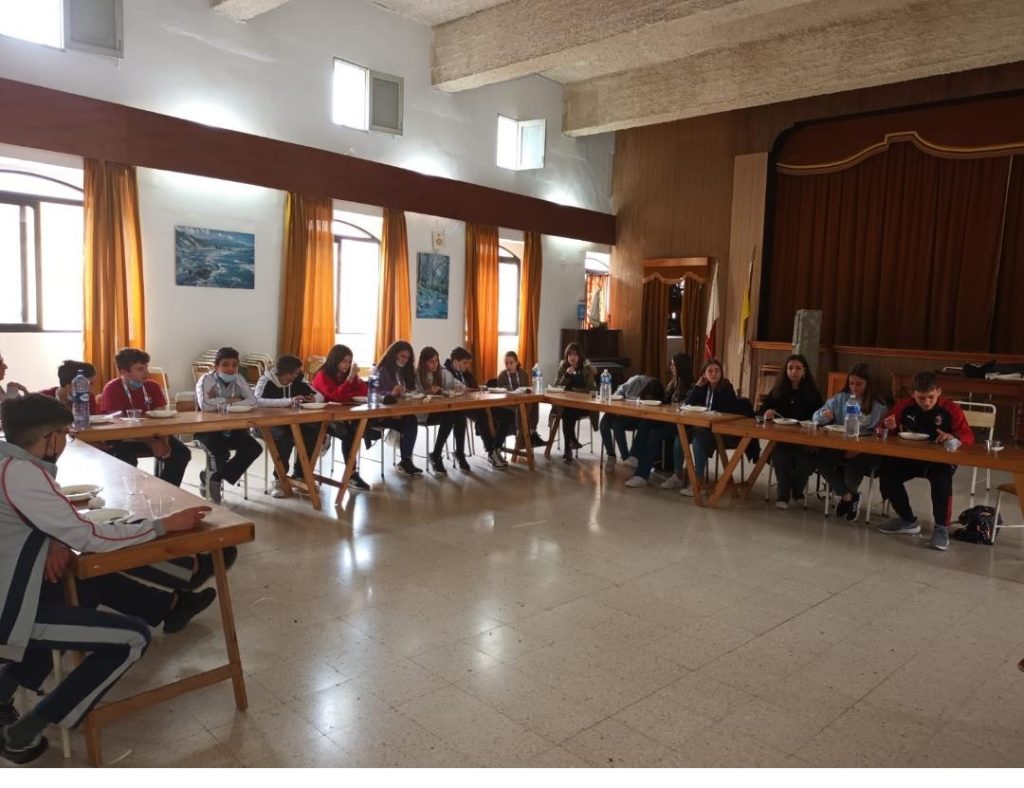
In the evening there was a visit to Sanap Cliffs
and to Marsaforn, the most popular summer resort of Gozo
Thursday 31st March
Day in Xaghra! The day started with a visit to the Neolithic Temples of Ggantija. After an introductory tour at the visitors center that gave them an overview of the context in which the temples were built and life in Gozo at the time,
they walked into the temples.
They then moved on to Ta’ Kola Windmill
It was followed by a visit to Calypso Cave from where the students and the teachers enjoyed the picturesque views of Ramla Bay.
Friday 1st April
The students were divided into teams to compete against an online quiz focusing on the project’s theme and highlights of the current mobility. It’s always a good idea to engage learners in a friendly competition as it energises them and sets a dynamic atmosphere which is carried on throughout the day.
The closing ceremony, which included the presentation of certificates of participation and closing speeches by the leaders of each contingent, was not simply a formality. It turned out to be an impromptu show of gratitude by the participating schools from Greece, Spain and Italy.

